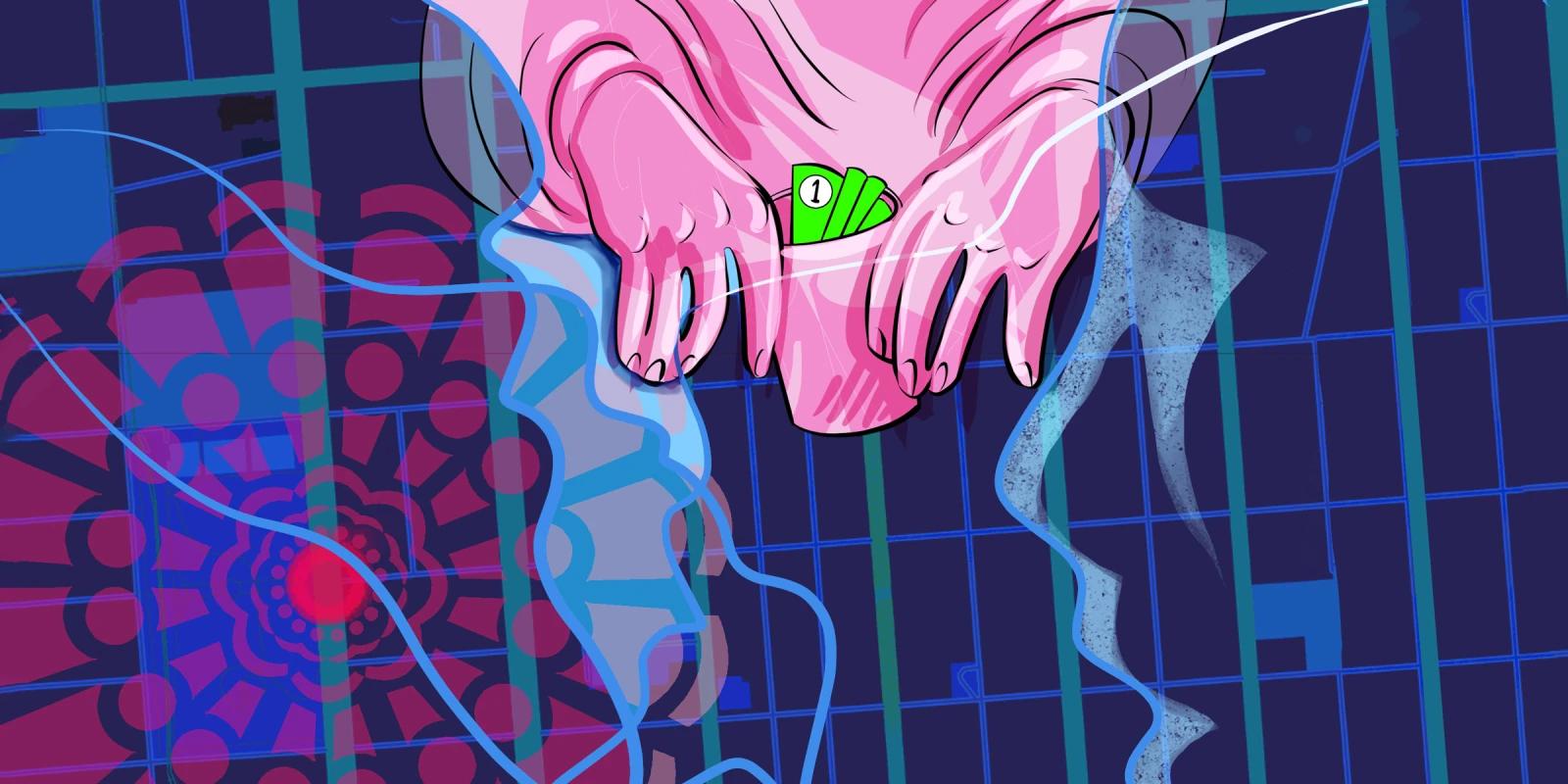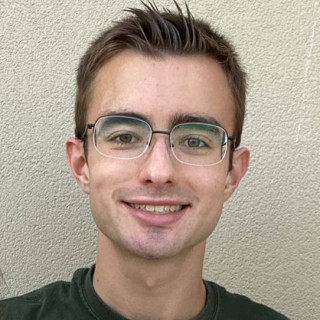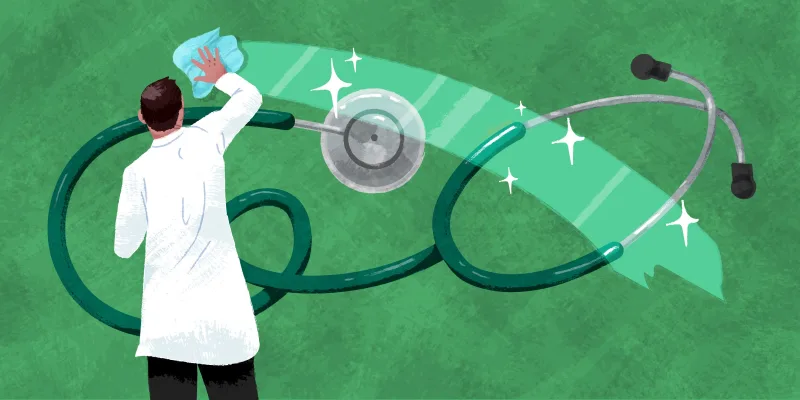My teaching hospital’s ED is a scene out of a medical drama on TV. Gurneys line the hallway from wall to wall, EM residents run from unit to unit running codes, and our trauma team stands by for the flight medics to arrive with the next trauma victim. As a student, working in the hospital quickly convinced me that the ED is truly a place for patients whose lives are hanging by a thread. However, there was another type of patient roaming the halls of the ED: the homeless patient with nowhere to go.
Only during medical school did I realize the ever-growing crisis that was homelessness. Student organizations at my medical school dedicate significant resources to setting up free clinics and collecting toiletries for Tampa’s homeless population. Even today, the number of patients I take care of without home addresses continues to shock me. Homelessness isn’t just a problem confined to the streets; it is a problem bleeding over into our already strained health care system.
Well over half a million people were without housing in 2022, and this number is continuing to rise. During the pandemic, eviction moratoriums and government aid programs were unable to make a significant dent in this number. Research assessing the impact of homelessness on health care costs remains challenging to complete, but a 2020 study conducted by the CDC reveals that people experiencing homelessness were five times more likely to visit the ED than their housed counterparts. People experiencing homelessness who present to the ED have higher rates of severe mental illness, substance use disorders, and alcohol-related diagnoses. The short-term care EM provides is ill equipped for these chronic health conditions, yet EDs remain one of the few health care facilities that are mandated by the federal government to provide care.
The current U.S. health care system is not built to provide long-term care for the economically disadvantaged, and this problem doesn’t have an easy solution. I would argue, though, that our struggling health care system isn’t at the root of this crisis we are seeing in our hospitals across the country. Homelessness isn’t a problem that can be blamed solely on the opioid epidemic or poor mental health care. It’s simpler than that: Homelessness is a problem caused by lack of homes.
Housing in the U.S. is a commodity; people that buy homes want to preserve their value. This has led to strict zoning laws in many U.S. cities that artificially restrict new housing units. Rent costs continue to rise post-pandemic, affordable housing remains a rarity, and the starter home is now a thing of the past. The inability to find affordable housing isn’t an individual one, but rather a systemic one. One that needs a systemic solution.
In 2019, the AMA released a statement addressing the need for affordable housing in our communities. They recognized the importance of building more homes and decriminalizing the act of homelessness. The medical community didn’t create this crisis, and it’s easy to argue that it shouldn’t fall on our shoulders to single-handedly find a solution. Yet, I think we can play a key role in changing the public’s opinion about affordable housing projects. To do this, we need a grassroots effort, one that focuses on local politics.
We are leaders in our communities, and we have unique perspectives on the homeless populations we serve. However, our advocacy in this area shouldn’t focus on state and federal regulations. Our voices are best heard at local governmental and city council meetings. Zoning regulations are almost always controlled at the local level, meaning that increasing the supply of homes can only be done by fighting for patients in these venues. Many cities and counties have local meetings and hearings readily listed online and can be attended by anyone with a stake in the community. As counterintuitive as it sounds, we must think (and act) small to solve this big disparity.
What do you think clinicians should do to help the homeless population? Share in the comments.
Lachlan is a third-year medical student attending the USF Morsani College of Medicine. His interests include neurological research, medical humanities, and running. He was a 2022–2023 Doximity Op-Med Fellow and is a 2023–2024 Doximity Op-Med Fellow.
Illustration by April Brust







